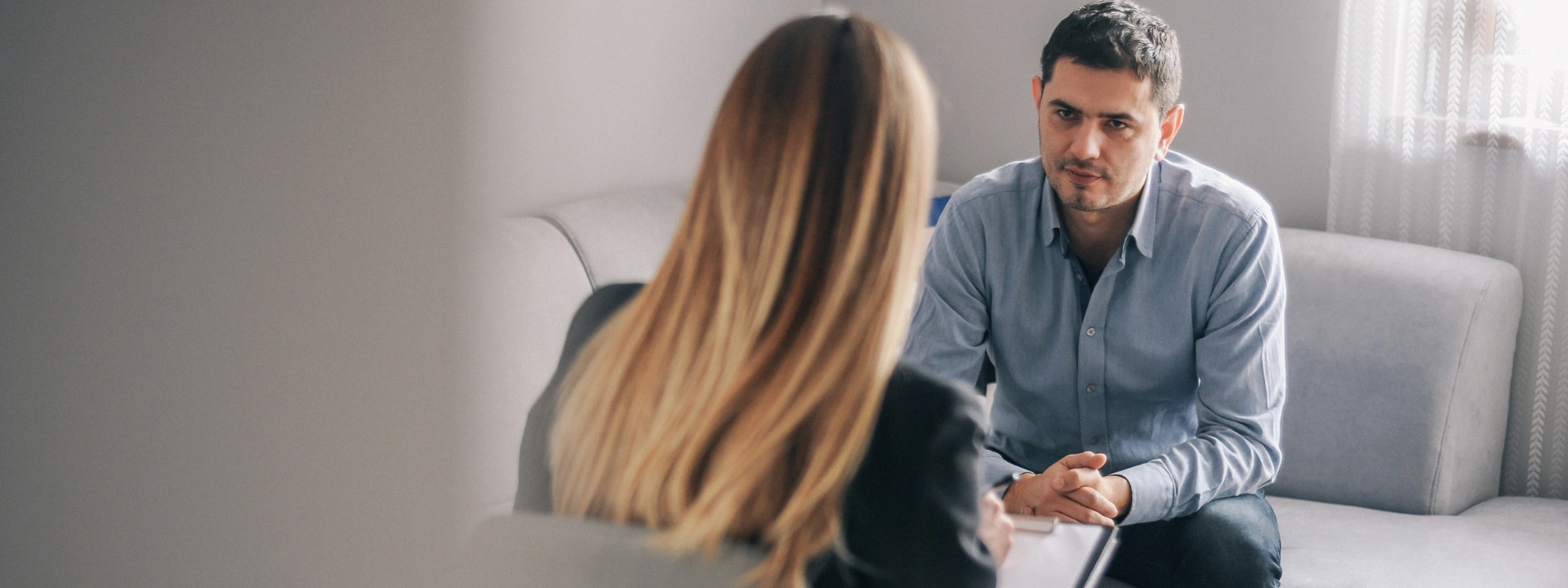Schizophrenia is a serious mental disorder that causes people to think, feel, and act in abnormal ways. Art therapy can be transformative in helping someone with schizophrenia recognize, express, and process their symptoms with another person without having to rely solely on words. Schizophrenia art therapy provides space for difficult experiences to be seen in a new light and creates a connection with a supportive person.
Grasping Schizophrenia: The Complexity and the Need
Schizophrenia is most often diagnosed between ages 16 and 30 after one psychotic episode. In psychosis, a person’s thoughts and perceptions are disrupted enough to misinterpret reality. Symptoms of Schizophrenia include some combination of:
- Hallucinations.
- Delusions.
- Extremely disordered thinking and behavior that impairs daily functioning.
Emotional and behavioral dysregulation may exhibit themselves in these ways:
- Emotional disruption.
- Challenges relating to others.
- Insomnia.
- Disorganized movement.
- Lack of motivation.
- Confused speech and communication.
- Difficulty functioning overall.
- Lack of motivation.
- Abrupt changes in interests or school or work performance.
- Illogical thinking.
- Suspiciousness and paranoia.
- Lack of personal hygiene.
- Lack of discrimination between fantasy and reality.
- Unusual or intense ideas.
- Feeling strange.
- Feeling numb.
- Social withdrawal and isolation.
- Anxiety.
- Insomnia.
Schizophrenia symptoms must be managed ongoingly throughout life. Early diagnosis and treatment make a significant difference in preventing the development of the most severe symptoms. Typical specialty coordinated care for Schizophrenia includes individual or group therapy, family support and education programs, medication management, academic and employment support, and case management. There is a critical need for innovative therapeutic approaches beyond traditional medicine.
The Colors of Relief: Schizophrenia Art Therapy Unveiled
Schizophrenia art therapy allows people to express thoughts and feelings that are difficult to verbalize. When a person experiences a symptom such as a hallucination, creating a drawing or painting of what they see can feel simpler than describing it in words. This can increase self-awareness, offer a useful reality check, relieve anxiety and shame about an isolated experience, and communicate effectively about it with professionals, family members, and friends.
Since schizophrenia art therapy is active and engaging, it can mitigate some of the side effects of psychiatric medications, such as drowsiness or confusion. Using clay, paint, pencils, charcoal, or other art materials is a sensory experience that can be grounding when a person is feeling anxious or dissociated. Sand tray therapy is also commonly used in treatment sessions with children who have Schizophrenia. Expressing thoughts and feelings promotes emotional relief, clearer thinking, and a sense of well-being.
Exploring Other Artistic Therapies for Schizophrenia
There are a variety of schizophrenia art therapy techniques that help manage symptoms and promote the well-being of people with conditions. Creative art therapy for mental illness may include the process of choosing what kind of art the person wants to create and which materials they prefer. Common creations are pottery thrown on a wheel, a drawing using charcoal or a pencil, a collage, or an oil or acrylic painting.
The art therapist may provide instruction if the method is new to their client, guide the session with a question to explore or an experience to express or leave the session open-ended to see what the person is inspired to create. Some will pay close attention to the colors, theme, setting, figures, objects, and even the direction of the art. During or after the piece is created, they may ask what thoughts and feelings were elicited while making it and what the person notices from a more objective perspective when viewing it.
Paintbrush and Perspective: Art Therapy

For people experiencing disordered thinking or cognitive impairment, talk-based therapies can be intimidating and non-productive. An art-centered session allows for a client and therapist to appreciate each other’s presence without a high focus on verbal or cognitive abilities. Making art can be relaxing and inspiring, even for people who don’t consider themselves creative. Centering an art project around a positive experience, person, or quote can also be a way to create something meaningful that may provide comfort or a useful reminder once home.
Art therapy practices for Schizophrenia and Schizophrenia-like illnesses are based on the idea that art creation is inherently therapeutic. Physical contact with art materials, tangible expression of thoughts and feelings, and relating with a therapist about that creation is a transformative process. Asking open-ended, nonjudgmental questions about the piece of art can feel less threatening than asking directly about a person’s feelings. It is particularly useful for those less comfortable expressing them.
Engaging Activities in Art Therapy for Schizophrenia
Schizophrenia art therapy can be used individually or in group sessions. Many therapists choose art therapy activities for Schizophrenia that are mindfulness-based. Mindfulness activities are evidence-based ways to manage anxiety, stress, and even psychosis. Using Dialectical Behavioral Therapy (DBT) techniques, a therapist may lead with a question about what the person is most grateful for, have them describe one of the textures or colors in their art materials, or direct them to notice what materials others chose if they’re in a group.
Schizophrenia art therapy in a group setting has the added benefit of developing social skills and connections with others and managing the symptoms of the disorder. Practicing patience when waiting for craft materials to be available, waiting mindfully, and commenting appropriately about others’ work are skills that translate effectively to the outside world. Call Alter Behavioral Health at 949-996-9518 to learn more about effective treatment options for Schizophrenia.
Frequently Asked Questions About Schizophrenia Art Therapy
How does art therapy differ from traditional treatments for Schizophrenia?
Schizophrenia art therapy offers opportunities to express oneself through mediums other than words, practice mindfulness through being present in a physical experience, learn skills that translate to real-life situations, and relate with one or more people about what is created.
What specific elements of art therapy benefit those with Schizophrenia?
For someone managing symptoms like disordered thinking or cognitive impairment, art therapy provides a safe space to express thoughts and feelings without the burden of verbal description. It also offers an opportunity to practice mindfulness by requiring focus, presence, and care for the materials.
Are there any known side effects of art or art therapy for individuals with Schizophrenia?
The only side effect of art therapy for individuals with Schizophrenia is that if someone experiencing severe symptoms doesn’t have support in grounding themselves while making or viewing their art, they might create images that disturb themselves. An experienced therapist will closely monitor the impact of the process on the person and pause or shift course should distress arise.
How long does it typically take to see improvements with art therapy?
Improvements seen in art therapy may be immediate during or after a session, or it may take a person several sessions to feel safe and comfortable with the therapist, modality, and other members if in a group.
Can art therapy be used in conjunction with other treatments?
Art therapy is most effective when used in conjunction with other treatments, including medication to stabilize symptoms and CBT or DBT therapy.
What styles or genres of art are commonly used in art therapy for Schizophrenia?
Any style or genre of art can be used in art therapy for Schizophrenia, depending on the therapist and person’s preference.




